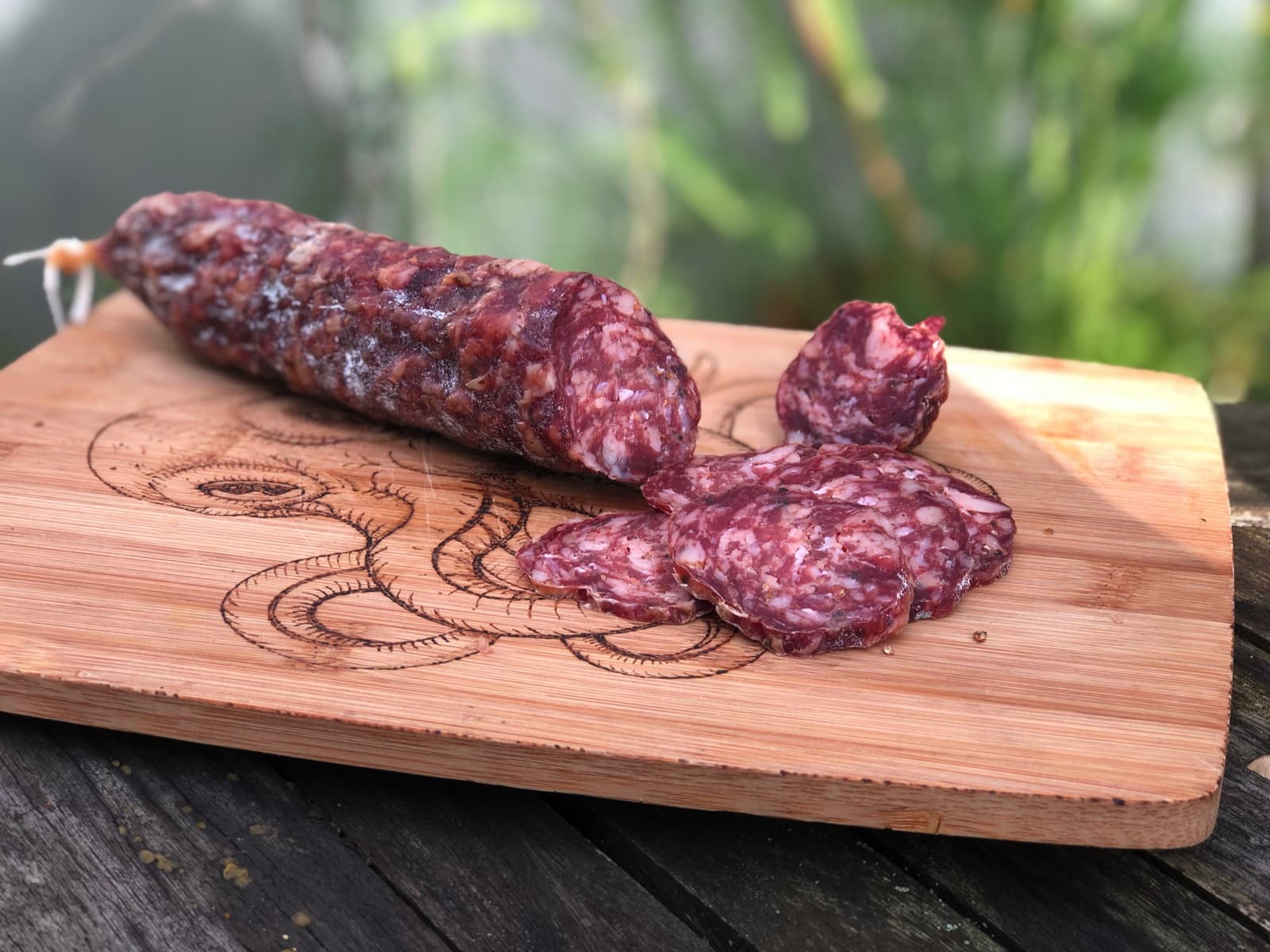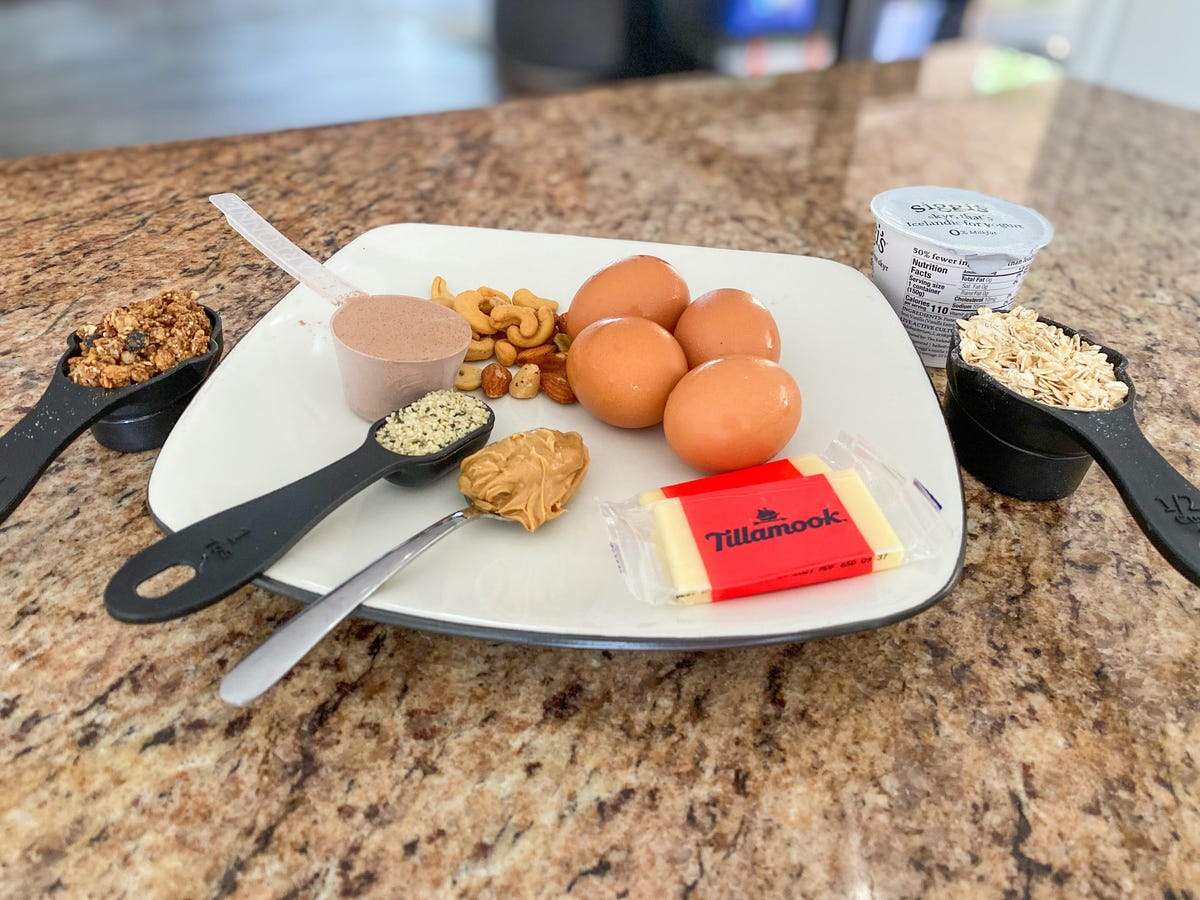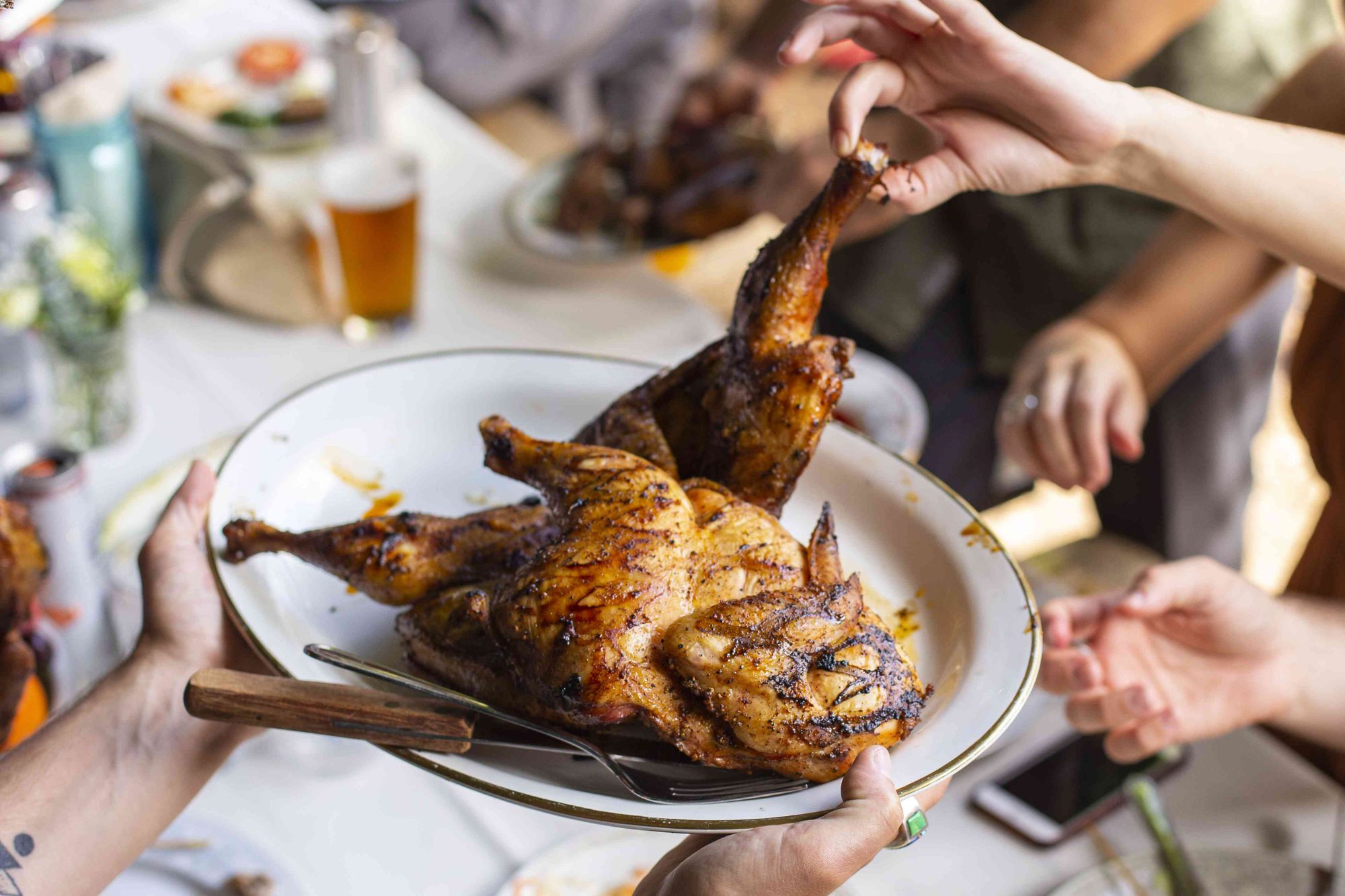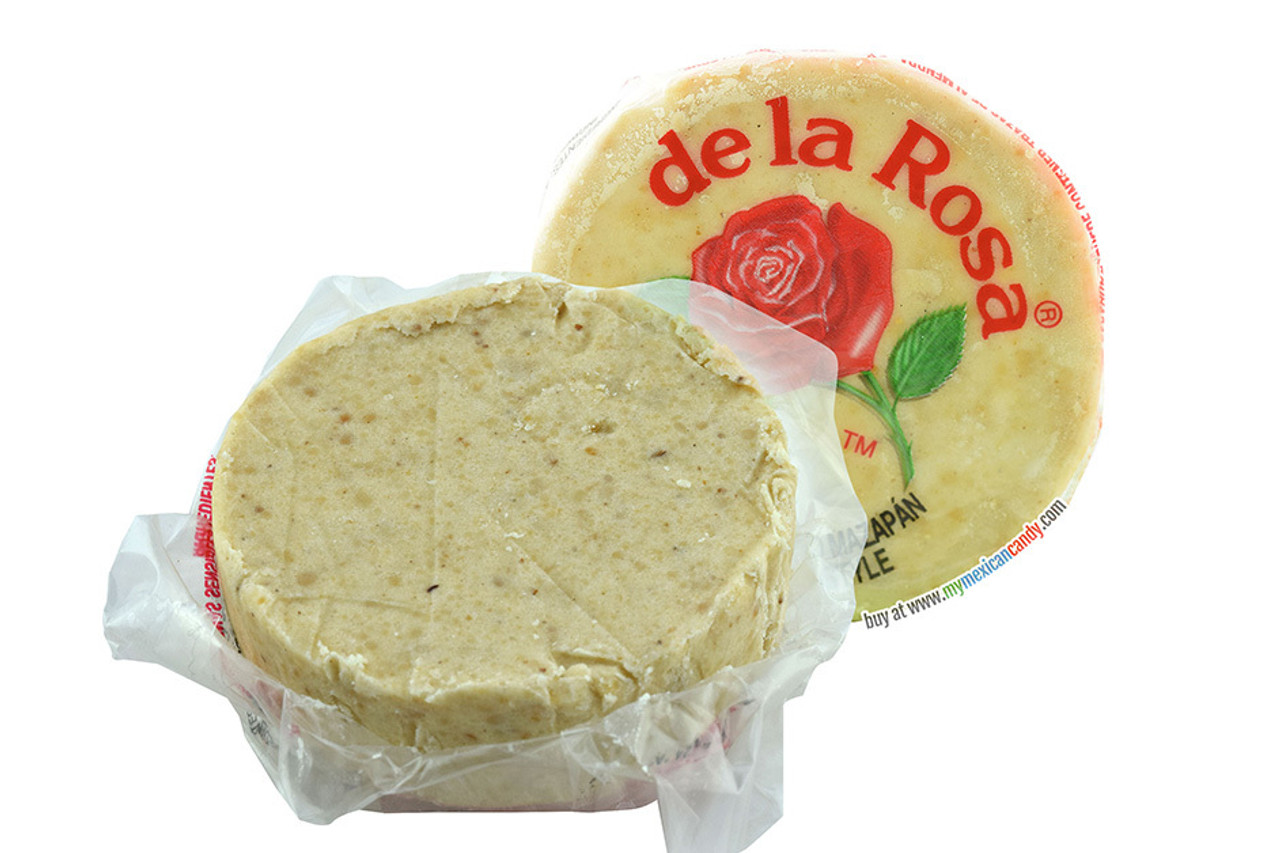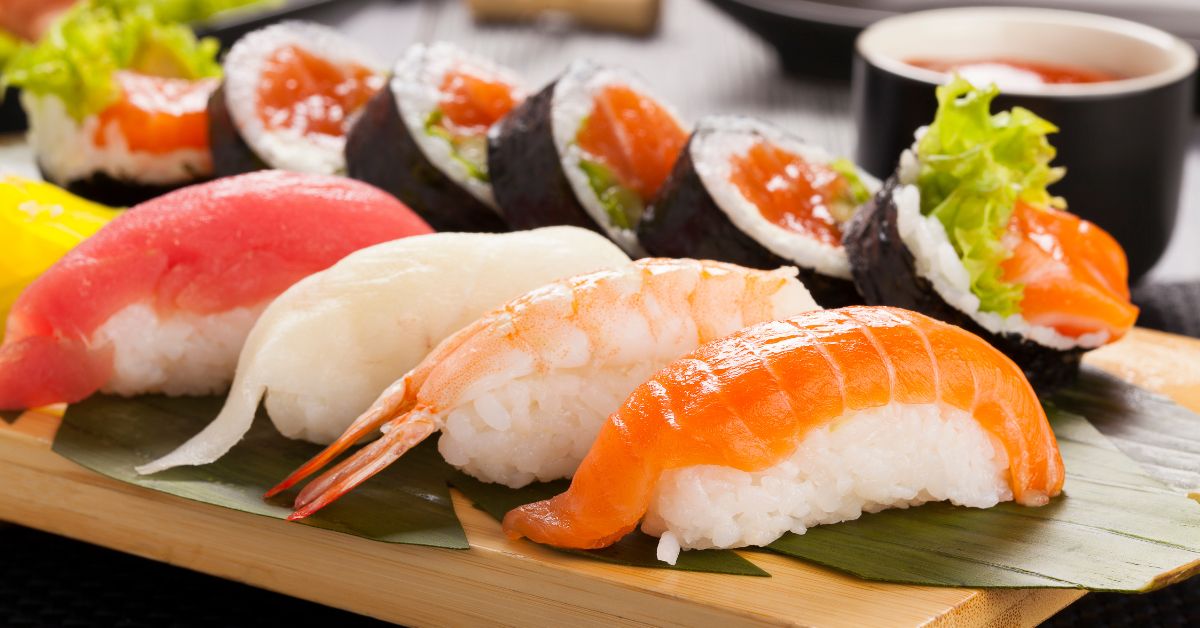How to Enjoy Food Even When You’re Not Hungry
Food is not just about satisfying hunger; it’s also about enjoying flavors, textures, and the social aspect of eating. There are times when you may not feel hungry, but you still want to partake in a meal or snack. Here are some tips on how to eat food when you’re not hungry:
1. Choose Appetizing Foods
When you’re not hungry, it’s important to select foods that are visually appealing and appetizing. Opt for colorful fruits, crunchy vegetables, or a small piece of dark chocolate. These options can entice your senses and make eating more enjoyable, even when you’re not feeling hungry.
2. Focus on Small Portions
Instead of preparing a full meal, consider having small, portion-controlled snacks. This can help you satisfy your desire to eat without feeling overly full. For example, a handful of nuts, a few slices of cheese, or a small bowl of yogurt can be just enough to curb your non-hungry cravings.
3. Eat Mindfully
Practice mindful eating, even when you’re not hungry. Take the time to savor each bite, paying attention to the flavors and textures of the food. By being present in the moment, you can enhance the eating experience and derive pleasure from the act of eating, regardless of your hunger level.
4. Share a Meal with Others
Food is often associated with socializing and bonding. If you’re not hungry but still want to enjoy a meal, consider sharing it with friends or family. The act of dining together can create a positive and enjoyable atmosphere, making the experience more about connection and less about hunger.
5. Experiment with New Flavors
Trying new and exciting flavors can stimulate your appetite, even when you’re not feeling hungry. Consider exploring different cuisines or incorporating unique spices and herbs into your dishes. The novelty of new flavors can pique your interest in food, making it more appealing despite your lack of hunger.
6. Stay Hydrated
Dehydration can sometimes mask itself as hunger. Before reaching for food when you’re not hungry, try drinking a glass of water. Staying hydrated can help regulate your appetite and prevent unnecessary eating when your body is actually craving fluids rather than food.
7. Listen to Your Body
Ultimately, it’s important to listen to your body’s cues. If you truly have no appetite, forcing yourself to eat may not be the best approach. However, if you simply have a mild desire for food, the tips mentioned above can help you enjoy eating without feeling obligated to consume a full meal.
Remember, food can be a source of pleasure and enjoyment, even when you’re not hungry. By being mindful and selective in your choices, you can still savor the experience of eating, regardless of your hunger level.
So, the next time you find yourself not feeling hungry but still wanting to eat, consider these tips to make the most of your dining experience.
Recipes and Additional Applications of the Guide
For those seeking to apply the strategies from the guide on how to eat when not hungry, the provided recipes offer flavorful and appealing options that can encourage eating in smaller, more enjoyable portions. Notable recipes to try include the Delightful Berry Yogurt Parfait, which is light yet satisfying, or the Summery Peach and Burrata Salad, perfect for a refreshing meal. The Savory Brussels Sprouts with Balsamic are ideal for adding a rich, savory twist to your meals. Each of these recipes is designed to be appetizing and easy to consume, even when your appetite might be lacking, making them excellent choices to integrate into your routine.




